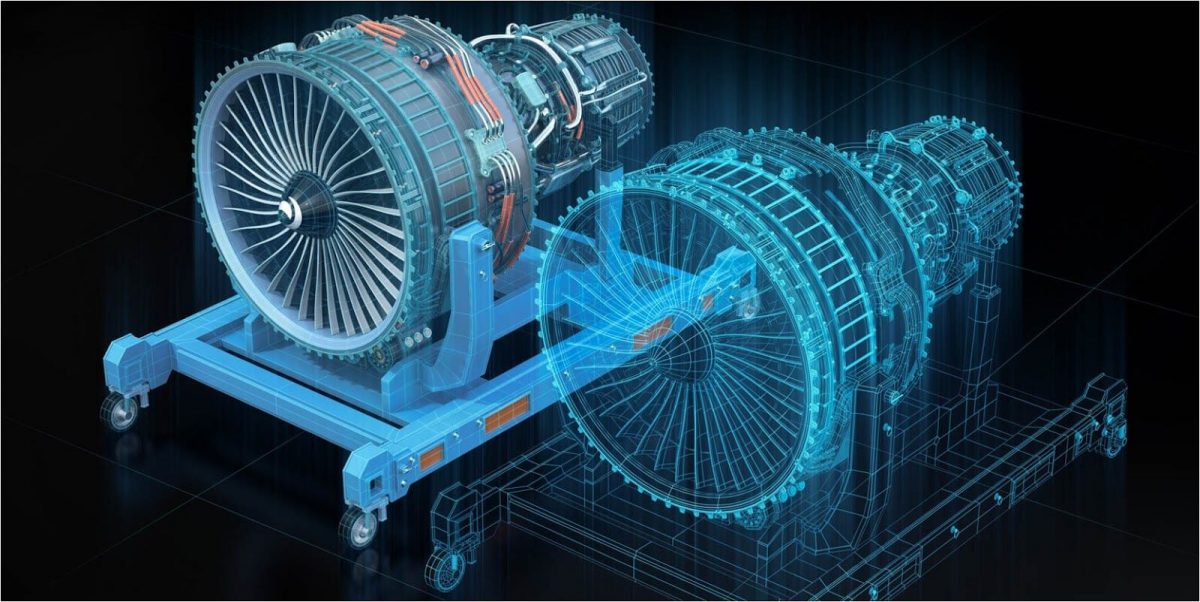When the Facebook parent company rebranded as Meta, the Metaverse’s visibility was raised from an emerging but marginal technology to that of an established one. A fully developed metaverse is still a concept, despite the fact that there are already existing applications as well as public knowledge of AR or VR. It takes two key stages to realize that concept of the Metaverse: first, increasing awareness of the purpose and advantages of the Metaverse; second, having the information systems in place to guarantee efficient and trustworthy performance of Metaverse applications. For instance, latency might result in slow response times and interruptions that make the users’ experience unpleasant. Users may be frustrated by poor accessibility or reliability, and the developing party’s budget may be impacted by excessive bandwidth costs (Wolber, 2022). But one of the main enabling technologies, edge computing, is going through a period of rapid expansion, which will increase the availability of metaverse applications. The worldwide edge computing market is anticipated to increase from $40.84 billion in 2022 to $132.11 billion by 2028, representing a compound annual growth rate of 21.6 percent between 2022 and 2028 (The Insight Partners, 2022). Furthermore, about 10% of data provided by businesses is produced and handled outside of a classic, centralized data center, and is predicted to rise to 75% by 2025 (van der Meulen, 2018).
Edge Computing
Edge computing is a type of decentralized computing. It addresses the issue of space by processing and storing application-related data as close as possible to the location required via local infrastructure, like servers (Cao, Liu, Meng, & Sun, 2020). This reduces latency and makes it possible for applications to respond instantly by removing the need to transport data to and from the cloud or other networks. Because it enables the seamless operation of metaverse apps at very high speeds, edge computing’s low latency is crucial to enhancing the user experience and satisfaction. At the same time, it also increases the dependability and sturdiness of applications by lowering the likelihood of connection losses, delays, interruptions, lags, etc.
Adopting edge computing can help with bandwidth issues as well. The volume of information or the amount of devices that can exchange data across a network is limiting due to a networks’ restricted bandwidth. One answer is to increase bandwidth, but doing so could have costs that surpass any possible gains, especially when Metaverse applications produce enormous amounts of data. When application data is processed and stored at the edge, it decreases requirements for data transmission. Only information on the result must be transferred to a centralized database in many applications, which reduces network traffic and frees up resources for other important operations. Another significant advantage of data processing and storage at the edge is that gathered data can offer insightful information about user behavior and performance improvements: when a lot of Metaverse applications are distributed throughout several locations, it may be simpler to spot regional trends or problems as a result (Cao et al., 2020).
- Cao, K., Liu, Y., Meng, G., & Sun, Q. (2020, April 12). An overview on edge computing research. IEEE access, 8, 85714-85728.
- Meulen, R. van der (2018, October 3). What Edge Computing Means for Infrastructure and Operations Leaders. From Gartner: https://www.gartner.com/smarterwithgartner/what-edge-computing-means-for-infrastructure-and-operations-leaders
- The Insight Partners. (2022, August). Edge Computing Market Trends & Size Analysis 2028. From The Insight Partners: https://www.theinsightpartners.com/reports/edge-computing-market
- Wolber, A. (2022, October 4). How edge computing will support the metaverse. From TechRepublic: https://www.techrepublic.com/article/edge-computing-supports-metaverse/#:~:text=Edge%20computing%20supports%20the%20metaverse,a%20conventional%20cloud%20data%20center.


